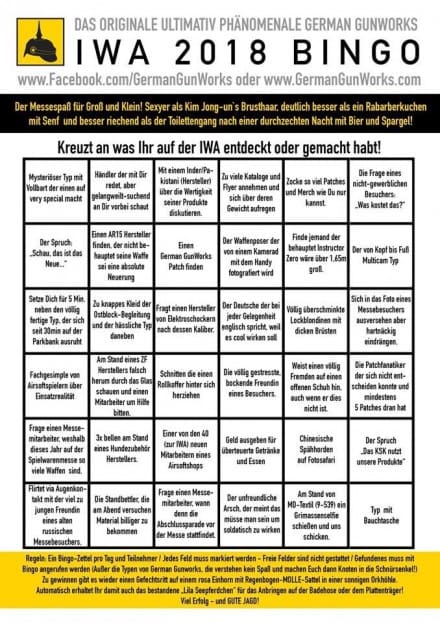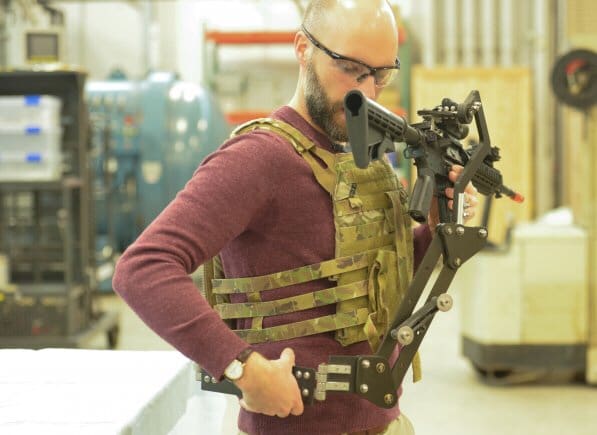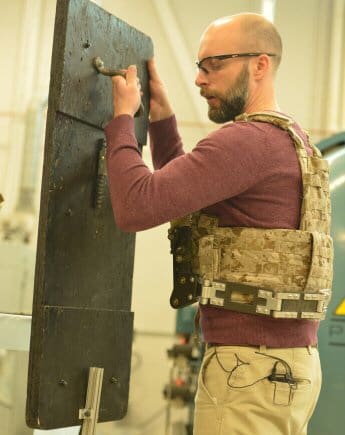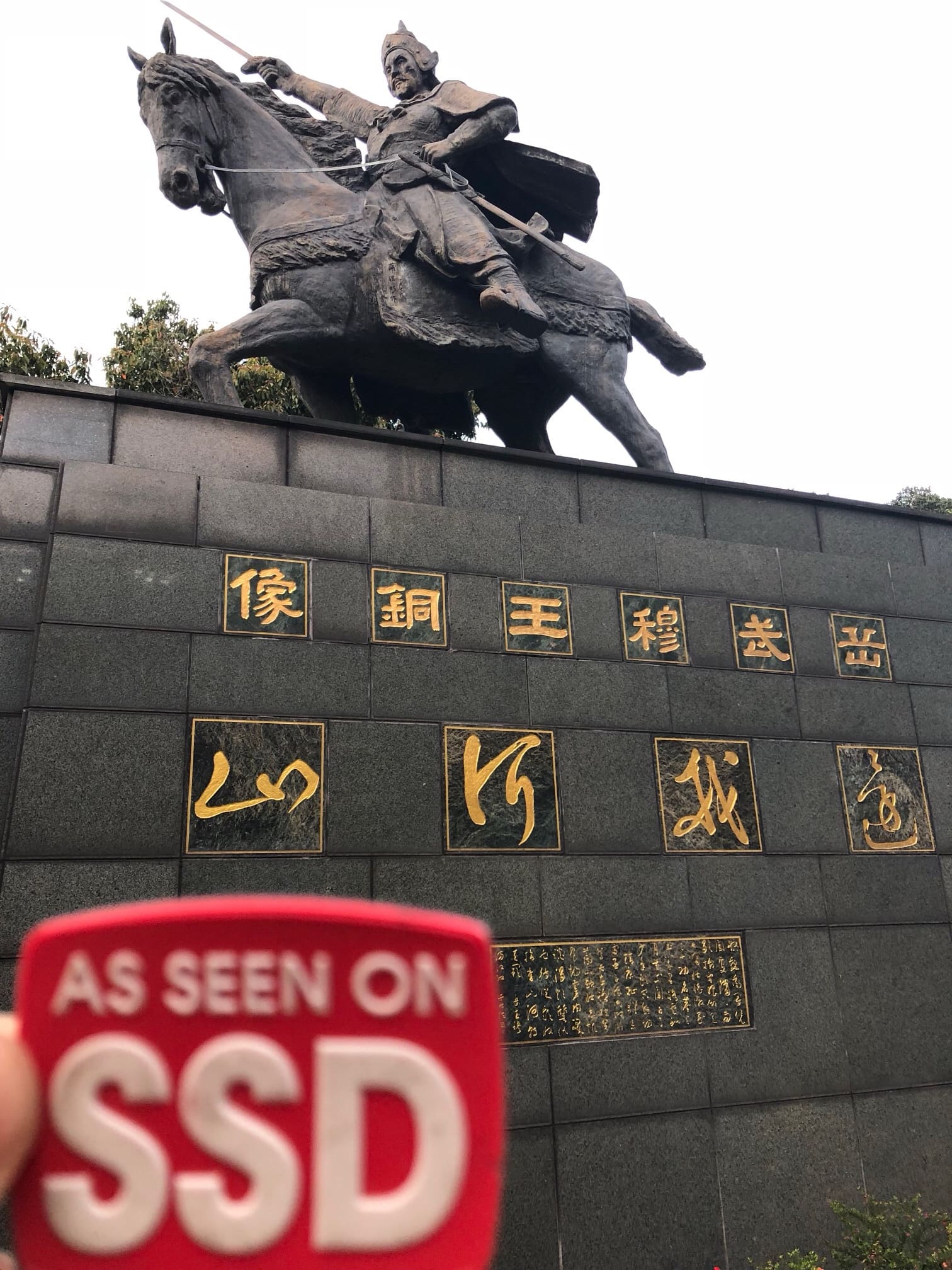Everyone wants to develop, the Swiss are no exception. But they’re fast. In 2016, the “Further Development of the Army” was adopted as a programme. Since 1 January 2018 it has been implemented. From 2022 the new “Modular Clothing and Equipment System (Modulare Bekleidungs-und Ausrüstungssystem – MBAS)” replaces the formerly used “Kampfbekleidung (Combat suit) 90/06” – we have presented MBAS HERE and HERE at SPARTANAT last year.
But now there is the new “Armeebotschaft 2018″. This is the Federal Council’s proposal to approve the corresponding budget for armaments projects. An essential part of this is the ” Modulare Bekleidungs-und Ausrüstungssystem (MBAS)”. And the Swiss Confederates are willing to pay for this: 377 million Swiss francs are to be approved for MBAS. That’s the equipment for 100,000 army personnel. 3,000 CHF are spent per man; the ballistic protection plates account for half of the costs.
Here we document the text passage of the Armeebotschaft 2018 on the topic MBAS. In addition, there are the freshest pictures of the new Swiss equipment.
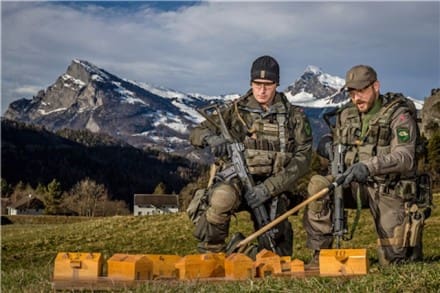
Modulare Bekleidung und Ausrüstung
Armeebotschaft 2018 (excerpt)
Modular clothing and equipment Initial situation and need for action
The 90/06 combat uniform, which is currently in use, was introduced into the army during the 1990s and has been a feature of the army for over twenty-five years. The materials used correspond to the state of the art at that time (e. g. regarding breathability and weather protection). In order to take account of the changes in application, technology and logistics, it is necessary to introduce new clothing and equipment. In addition, the use and warranty period of the vest 96 expires.
Until the introduction of the new modular clothing and equipment planned for 2022, the army personnel will continue to be equipped with the current 90/06 combat gear. This is given as part of the personal equipment as well as basic equipment (corpse material) in schools, in refresher courses and on missions. In order to cover the needs of the coming years, follow-on purchases are also necessary for the current combat clothing, which will be applied for via the AEB loan. It is not envisaged that these items of clothing and equipment will be liquidated immediately after the introduction of the new clothing and equipment. Instead, components of the 90/06 combat clothing will continue to be used for the time being even after the introduction of the new modular clothing and equipment.
In addition to the necessary subsequent purchases of the current Kampfbekleidung 90/06, the present Armeebotschaft is also applying for a subsequent procurement of protective plates for the vest 96 (cf. No. 2.7). This is necessary because there are no protective plates for a considerable part of the existing vests, which means that the protection of the army personnel cannot be guaranteed in robust operations. The protective plates purchased to close equipment gaps will be reused in the ballistic body protection of the new clothing and equipment.
Description of the requested variant and justification
The clothing and equipment applied for is intended to assist the members of the army in fulfilling their missions and has a high degree of modularity and all components, which is why it is known as the “Modular Clothing and Equipment System” (MBAS). Procurement comprises the following components:
– Fighting clothes: camouflage suit, wind, rain and cold protection;
– Carrying systems: carrying devices, backpacks and pocket sets;
– Ballistic body protection in two versions: a version with reduced protection area for combat operations with high physical load and to ensure mobility, and a second version with accompanying collar and body protection with maximum protection area for guard operations with normal physical load;
– Drinking system: water bags, drinking tubes and various adapters for PET bottles. ?The tried and tested “onion shell principle” of the 90/06 combat clothing is to be retained with the requested procurement. This means that the person or members of the army should still be able to adapt their own clothing to the temperature and weather conditions. The individual bags can be mounted and carried according to the specific application (either on a carrying device, a backpack, a plate carrier or a protective vest). ?The new clothing and equipment is better in terms of ergonomics and thermophysiology than the current one, which has a performance-enhancing effect. It is reduced to a minimum of volume and weight and has a modular design. ?Thanks to modular components such as pockets and protective plates, clothing and equipment can be designed for specific applications. Where appropriate, the aim is to integrate existing or newly introduced items of equipment into the new modular apparel and equipment.
The new clothing and equipment was examined in detail in a military test with around 350 army personnel from a total of 13 training associations and competence centers and the suitability of the troops was assessed in practice. All components were tested in plain colours. With the introduction, a new camouflage pattern is used for a large part of the components.
The commitment loan applied for will enable 100,000 army personnel to be equipped. The new clothing and equipment will cost around CHF 3,000 per person, with around half of this sum being spent on ballistic body protection.
The new clothing and equipment will be handed over to the troops in schools and courses and as corpse material when used. A circulation reserve is eliminated for logistics. Procurement will be put out to public tender in 2020. The new clothing and equipment will be introduced in 2022. It should be usable for at least 25 years.
Further tested variants
As an alternative to a replacement, a service life extension of the existing clothing and equipment was tested. However, such a solution was rejected after careful consideration. One of the main reasons for this is that today’s clothing and equipment, which will soon be thirty years old, could not be adapted to today’s ergonomic and weatherproofing requirements if it were only to be used for a longer period of time. Another reason for this is that, after the expiry of the warranty period, there is a need for a successor system. As with weapon systems, progress has been made in equipment and clothing since the early 1990s in terms of functionality and quality. In addition, the need for re-equipment and re-establishment means that larger quantities of imported clothing and equipment are procured each year. An extension of the useful life therefore does not result in savings.
It was also examined to apply for modular clothing and equipment with a later armament program. This was dispensed with because on the one hand the complete equipment was required with the WTG. The individual protection of the military personnel has a high priority. On the other hand, the evaluation of the new modular clothing and equipment is well advanced.
risk assessment
The individual components of the new clothing and equipment are always based on solutions that correspond to the current technical state of the art of conventional products. Tests were carried out to reduce risk. These referred in particular to the necessary adaptations to the items to be carried by the army personnel, the modularity, the combinability of the subsystems as well as their components and the logistics processes.
The intellectual property of the subsystems belongs to armasuisse. Public tenders can therefore be procured independently of suppliers and with a high level of supply security.
ARMASUISSE on the Internet: www.ar.admin.ch
SPARTANAT: www.spartanat.com
Subtitles/Pictures:

What you can still see in the pictures in a neutral color comes in this camouflage pattern.
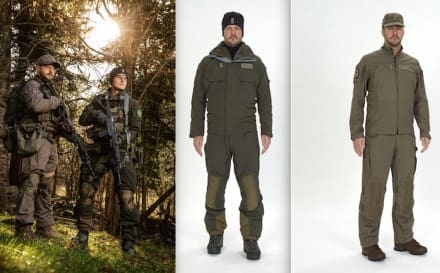
It remains with the onion skin: MBAS also works with different layers, and is not meant to replace everything. What is good remains.
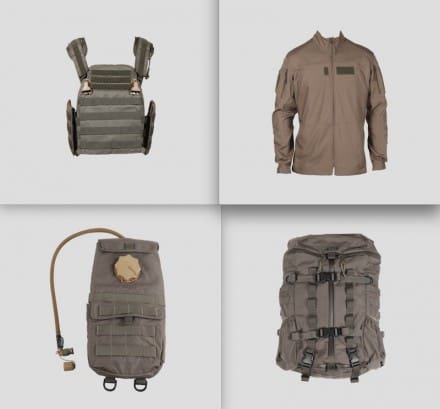
New core elements: Modular plate carrier, drinking systems, modern backpack and appropriate textiles.
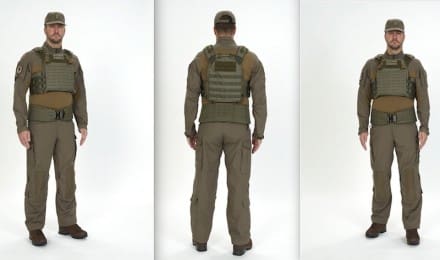
The Swiss confederate relies on MOLLE: Belt and plate carriers can now be equipped individually.
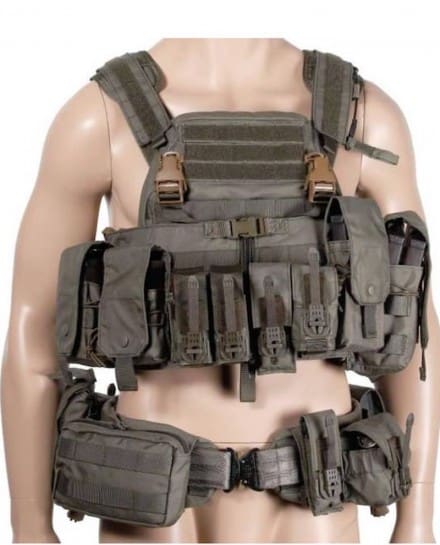
The plate carrier system with chest rig and pockets. A very versatile solution in a modular configuration.
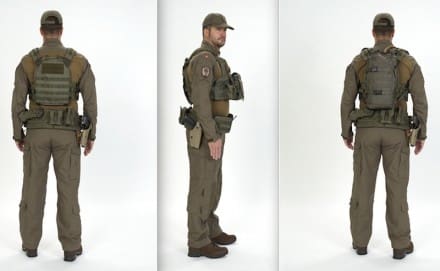
That’s how it can look like individually. And we can see how closely the Swiss looked at it. The Swiss Army has taken international suggestions from various manufacturers and incorporated them into its own design.
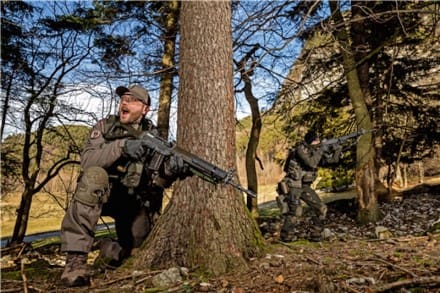
This is what it looks like in the Swiss Forest. Still in testing, no camouflage.


